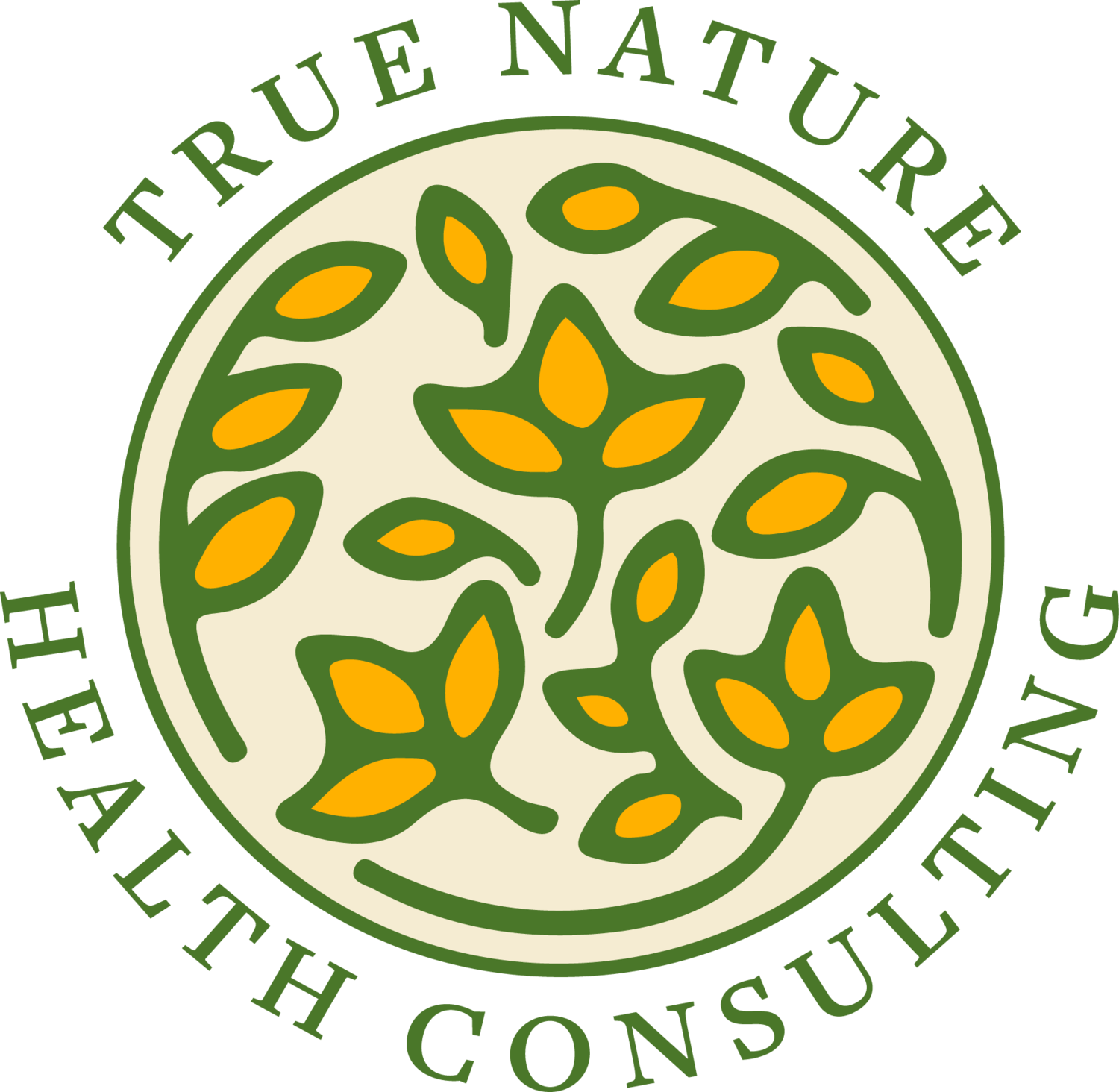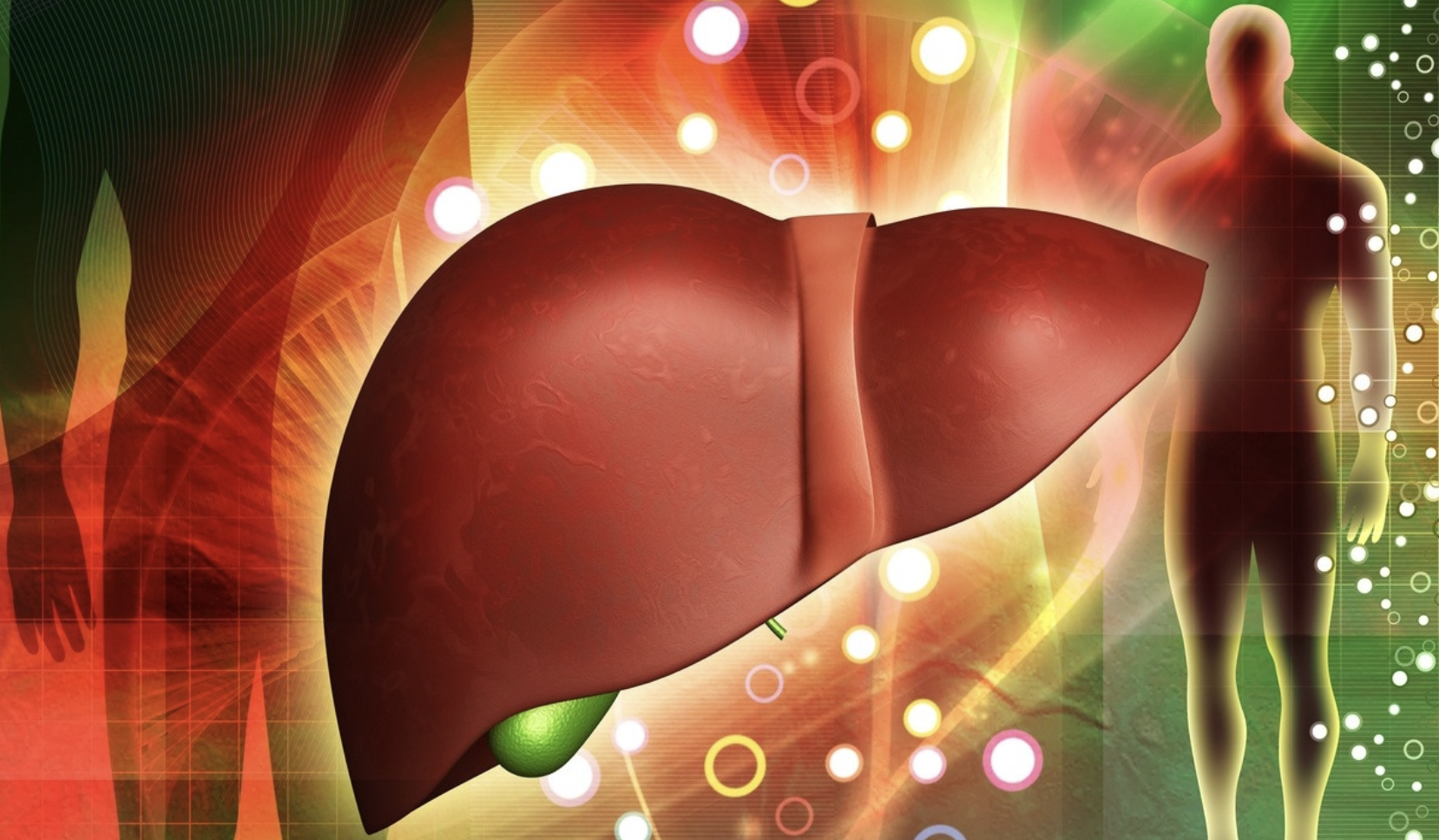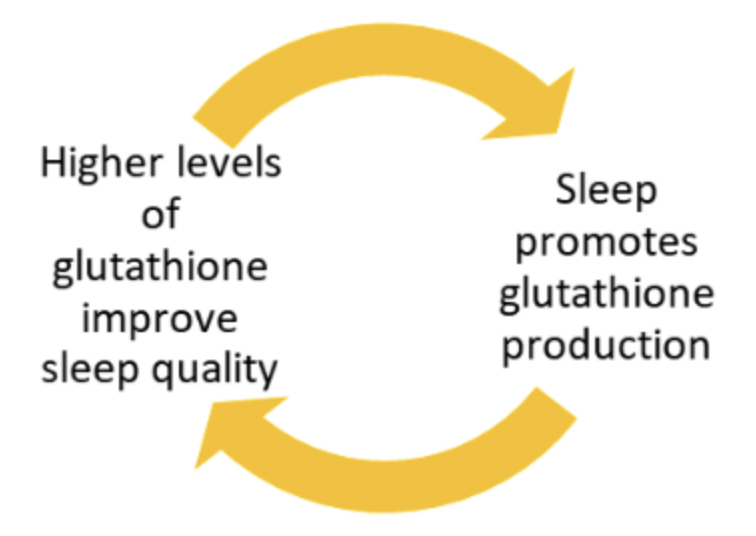Glutathione - Your Body's Major Health-Protecting Powerhouse
There is no other compound quite like glutathione. It is such an important antioxidant that your body makes its own supply, using it for cancer protection, controlling DNA-damaging oxidative stress, supporting the body to detoxify efficiently, and maintaining healthy, rejuvenated cells throughout the body. Glutathione is absolutely necessary for optimal health and vigor, making it a powerhouse of protection in the human body. In fact, if you go 24 hours without food, your liver will steal amino acids from the protein in your muscles to make this critical compound. Let’s talk about how the body manufactures glutathione, how it impacts your holistic health and how we can measure and best supplement it.
Glutathione chemistry
What exactly is glutathione and how is it made?
Glutathione is the body’s self-producing antioxidant. It is made in the body from the three amino acids glutamic acid, cysteine, and glycine. Glutathione has a half-life of 1–2 days and is constantly recycled. As glutathione (GSH) is utilized and oxidized, it becomes oxidized glutathione (GSSG). In a healthy, youthful person, 90% of the body’s glutathione should be in the GSH form. This is also called “reduced glutathione.” Only about 10% of the body’s glutathione should be in the GSSG (oxidized) form. The ratio between these forms of glutathione is crucial and is a strong indicator of health.
Hepatocytes (liver cells) are the exclusive site of glutathione synthesis. From the hepatocytes, GSH is delivered throughout the body in the blood plasma. Adequate levels of glutathione are essential in our mitochondria, where reactive oxygen species (ROS) are constantly being formed as a minor by-product of oxidative respiration (and in response to some drugs or metabolites that interfere with mitochondrial respiration). As we’ve discussed previously, through respiration, the mitochondria of our cells are responsible for the production of ATP, which is the energy source for all of your body’s 37 trillion cells. This makes glutathione a key player in our bodies’ abilities to generate energy.
Specific enzymes in the body are responsible for converting glutathione to its “reduced”, active form. One of these enzymes (glutathione synthetase) requires ATP in order to activate the production of reduced glutathione - this makes glutathione also dependent upon adequate ATP.
What alters glutathione levels in the body?
Glutathione levels can drop due to aging, genetics, disease, environment, and dozens of other factors. Certain conditions of toxicity and compromised methylation are factors that use up glutathione stores and can also interfere with adequate manufacturing. Heavy metal toxicity, mold sickness and under-methylation are top contributors to low levels of glutathione. Immune conditions which cause a rise in transforming growth factor beta (TGF-ß) are also potential problems. TGF-ß is an immune compound that contributes to cellular changes and tissue fibrosis. There is a direct correlation between glutathione and TGF-ß - when the latter rises in response to immune inflammation, glutathione levels drop. Alternately, when GSH is administered to tissues with high concentrations of TGF-ß, those concentrations are reduced and GSH levels are restored.
GSH/GSSG ratios are also negatively affected by elevated insulin levels.
Excessive phase I liver detoxification depletes glutathione. Phase I liver detoxification is the first line of defense against a number of toxins that threaten the body. When over-exposed to toxins (chemicals, hormone metabolites, alcohol, etc), the specialized cytochrome P450 enzymes in the liver are activated. In response, glutathione production is stimulated in phase II detoxification. Excessive activity causes depletion, particularly in the presence of low cofactors and amino acids.
Liver detoxification
What risk factors are there with having low glutathione levels?
There are numerous risks to the body when glutathione stores are depleted. Heavy metals, xenobiotics and fat-soluble toxins require glutathione to be detoxified from the body. With glutathione, they are made water-soluble for bowel and kidney excretion. If this fails, dangerous toxic buildup occurs. This is like having your car’s catalytic converter fail…toxic exhaust stays in the system rather than being handled and released through the tail pipe resulting in smelly sulfur gases inside the car. Imagine how quickly you’d make that repair!
Also of note is that when the body is depleted of adequate amino acids, it cannot efficiently manufacture glutathione without destructing muscle tissue.
Below is a chart of documented conditions that are associated with low glutathione. As you can see, these lists include almost all of our current major diseases of the neurological system, cardiovascular and metabolic systems, immune and glandular disorders and diseases of inflammation. Scientific annals are packed with thousands of studies on glutathione and its protective actions.
Documented conditions linked with low glutathione
Add to this list the possibility of increased problems with insomnia with low glutathione. A 2012 study revealed that low glutathione (combined with high oxidative stress) resulted in a greater incidence of insomnia. Conversely, those with adequate levels of glutathione tend to have better, more sustained sleep. More glutathione is produced during sleep than any other time of day/night, and it is also utilized to a large extent at night. This produces an important feedback loop between glutathione and sleep.
How is glutathione measured in the body?
Two tests can be administered with blood analysis to determine glutathione stores. One is total blood glutathione and the other is gamma glutamyl transferase (GGT), a liver enzyme which reflects glutathione activity. In the hands of a trained practitioner, either test is adequate for determination. GGT is a much more cost-effective measure than blood glutathione. (Note: GSH/GSSG ratios can be tested, but not without specialized laboratory equipment for cellular analysis.)
Glutathione is not well absorbed when taken orally - so, what is the answer?
Certain foods contain small amounts of glutathione, including asparagus, avocado, spinach and broccoli. Unfortunately, through the digestive process, a significant percentage of the glutathione in these foods is not digested/absorbed. Vitamin C plays an important role with detoxification pathways and thereby supports glutathione. It helps to protect the enzymes created in phase I and II liver detoxification from oxidative damage.
Reduced glutathione is the product needed to supplement, but in most forms it is not well absorbed. To this end, many practitioners have utilized N-acetyl cysteine (NAC), an amino acid which is a precursor to glutathione in the body. In a study conducted in France comparing a patented formulation of reduced glutathione to NAC, results showed a dramatic improvement in GSH levels with administration of the specialized glutathione. The unique, patented glutathione was shown to boost the healthy ratio of GSH to GSSG in the body 65% more than NAC. It was also shown to boost the healthy ratio 230% higher than unprotected glutathione. It is postulated that a major benefit of the patented sublingual form is that it is absorbed directly into the buccal mucosa (in the mouth cheeks), avoiding what is referred to as the hepatic first-pass effect. (This effect results in the reduction of potency and effect of a substance after passing through the digestive tract and into the liver.)
In my practice, I am witnessing the incredible benefits of this patented reduced glutathione. In severe cases of depleted glutathione with high requirements, I often recommend IV glutathione “pushes” for my clients, supplemented with this product. It has produced some very impressive results. Please contact me at Julie@truenaturehealthconsulting.com for more information. We provide holistic telehealth services.




